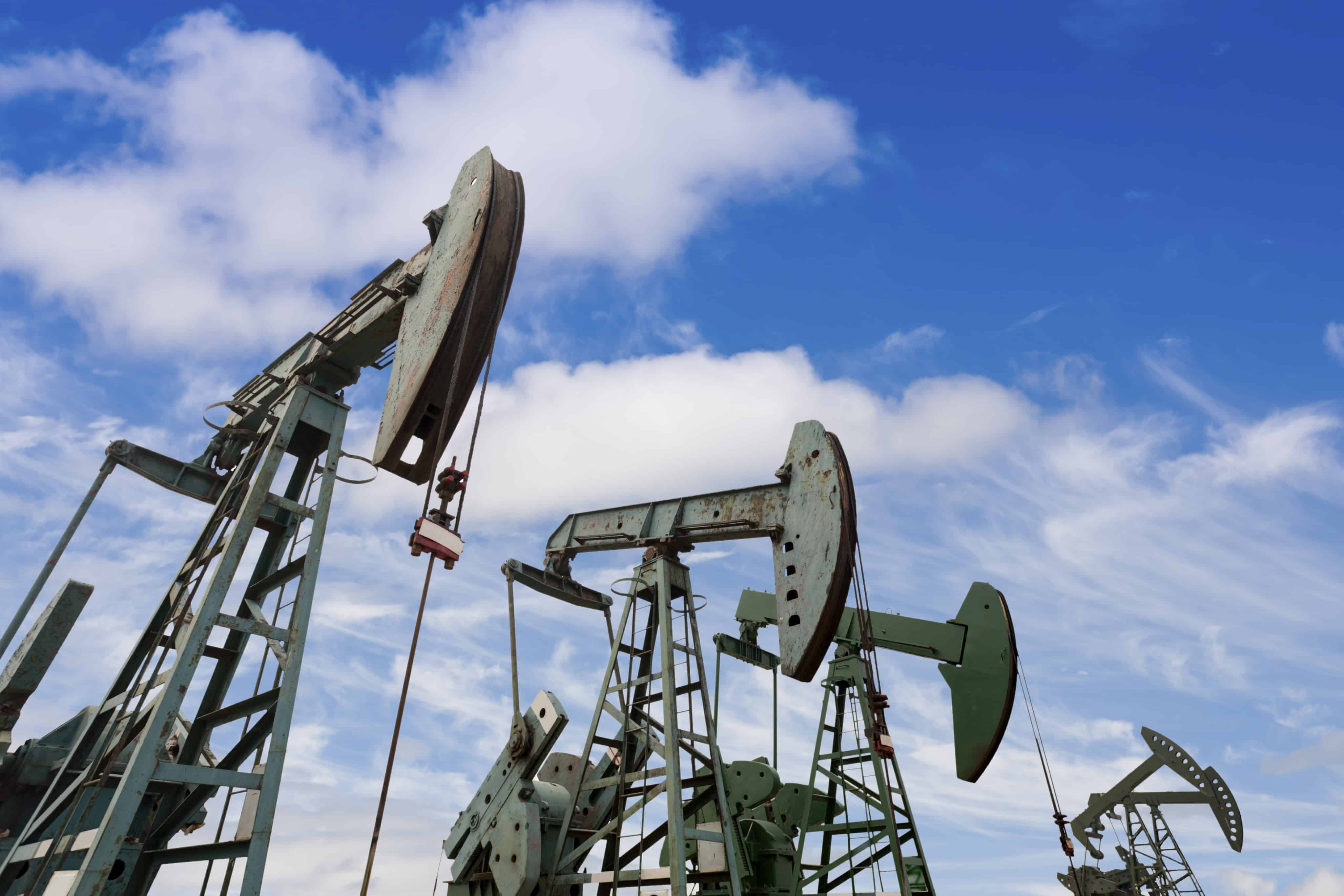We’re not even past the halfway mark of 2017, but it has already been a big year for oil sands giant Canadian Natural Resources Limited (TSX:CNQ)(NYSE:CNQ). Recently, it announced the biggest deal it has ever completed — the $13 billion acquisition of a 60% working interest in the Athabasca Oil Sands project along with other projects from Shell and Marathon Oil. This has brought the spotlight firmly back on what has been one of the energy patch’s quiet achievers.
Now what?
The needle-moving deal adds a massive 2.6 billion barrels of oil reserves and 397,000 barrels of daily oil production, expanding Canadian Natural Resources’s total daily output to over a million barrels. What stands out from the deal is not just the huge boost to reserves and production, but the tremendous potential held by these assets. In total, the acreage purchased by Canadian Natural Resources is estimated to hold over 10 billion barrels of crude, of which 75% has been estimated as viable to extract.
While this is an impressive deal, it is not the only reason that investors should consider Canadian Natural Resources.
Prior to the deal, the company already possessed a portfolio of high-quality assets, including the Horizon synthetic crude oil development and the Kirby South Steam Assisted Gravity Drainage project. Both of these operations reported record oil production for 2016.
More importantly, in a harsh operating environment dominated by sharply weak oil prices, Canadian Natural Resources continues to reduce its operating costs. For 2016, it reported an impressive 11% reduction in overall annual operating costs compared to 2015, and at a cost of $13.37 per barrel, it is one of the lowest-cost operators in the oil sands.
Over the course of the last year, Canadian Natural Resources prudently took the opportunity to strengthen its balance sheet. It did this by raising capital through issuing notes to the value of $1 billion and divesting itself of its non-core 15% stake in the Cold Lake Pipeline for $539 million.
This leaves it well positioned to weather any further declines in the price of crude.
The quality of Canadian Natural Resources’s operations is highlighted by management’s decision to hike the company’s dividend at the end of 2016. This is despite the difficult operating environment caused by the prolonged slump in crude that has forced many energy companies to slash their dividends or even eliminate them altogether.
As a result, its quarterly dividend rose by 9%, and it now rewards loyal investors with a healthy 2.5% yield.
Even after accounting for its dividend payment, Canadian Natural Resources expects to be free cash flow positive in 2017, generating between $1.5 billion and $1.9 billion. This is based on West Texas Intermediate averaging just under US$56 per barrel over the course of 2017. While there were some concerns that crude would remain below US$50 per barrel after its most recent dip, there are indications, now that it has rallied to over US$50 per barrel, that this is a feasible assumption.
So what?
Canadian Natural Resources has strengthened its operations and financial condition over the last year. Coupled with its latest dividend hike and the Athabasca deal, this makes it an attractive play on higher oil prices.







